What Customers Demand From Their QSR Ordering Experiences
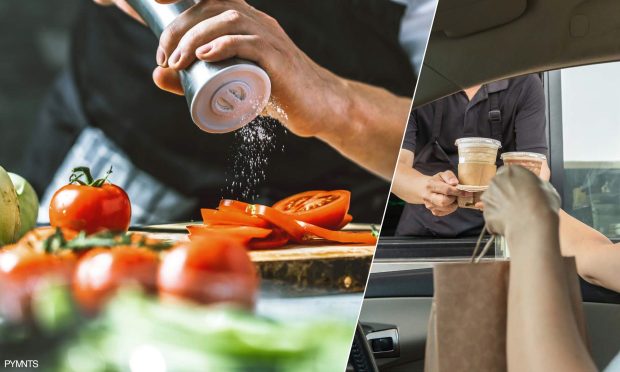
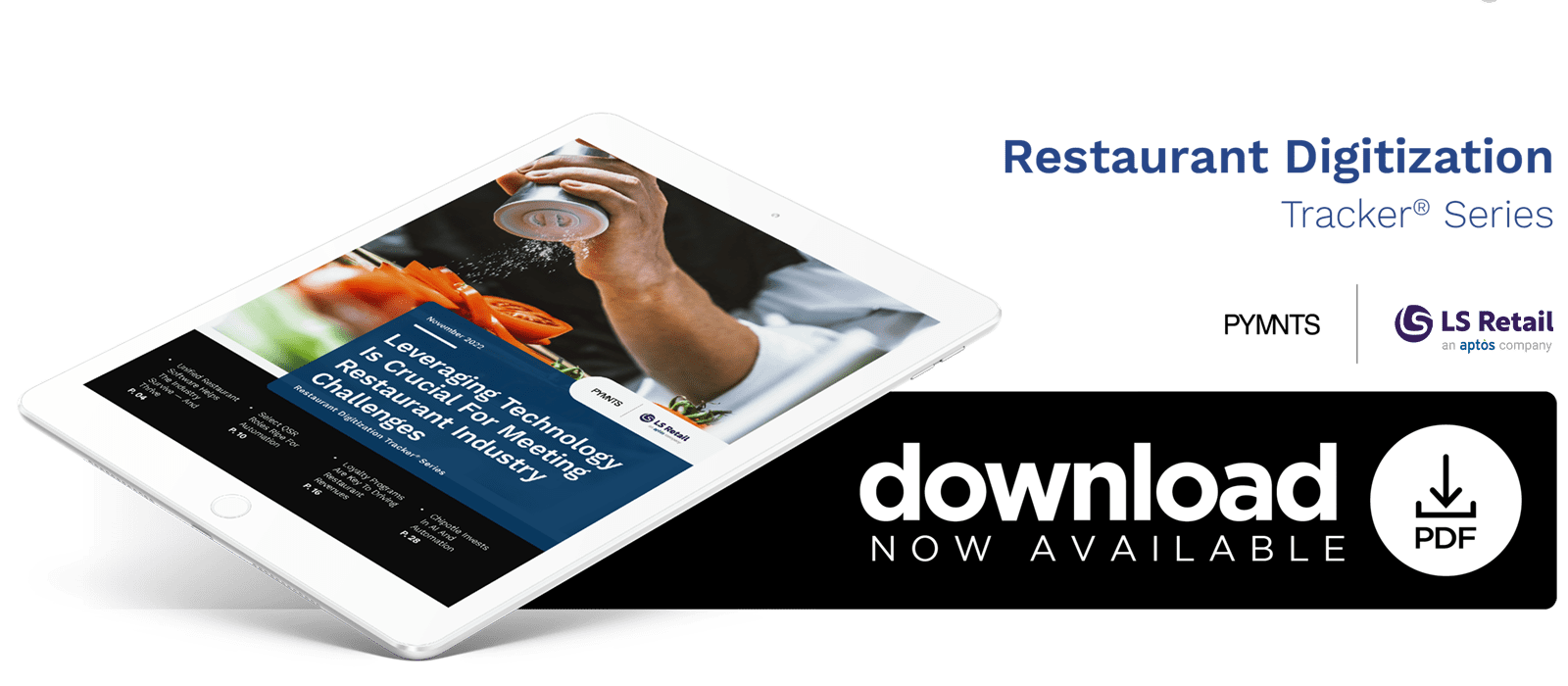 The pandemic forced restaurants to pivot and deploy online platforms for contactless ordering, unified restaurant software, curbside pickup and delivery services to meet consumers where they were. These technologies were already becoming popular in the quick-service restaurant (QSR) space, but table-service restaurants had to deploy them for the first time over the last two years. These options have now become table stakes for eateries of all kinds, with customers often eschewing restaurants that do not offer such conveniences.
The pandemic forced restaurants to pivot and deploy online platforms for contactless ordering, unified restaurant software, curbside pickup and delivery services to meet consumers where they were. These technologies were already becoming popular in the quick-service restaurant (QSR) space, but table-service restaurants had to deploy them for the first time over the last two years. These options have now become table stakes for eateries of all kinds, with customers often eschewing restaurants that do not offer such conveniences. 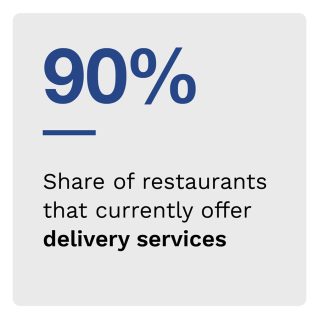
Restaurants will need to continue to deploy innovative technology, such as tracking systems that can provide real-time information on suppliers, warehouses and other supply chain factors, to keep business strong. Only then can these eateries serve customers to the best of their ability and offer the features that keep diners coming back for more.
The “Restaurant Digitization Tracker®” examines the latest developments in the restaurant field and why advanced technology, both customer-facing and behind the scenes, is necessary to meet customers’ evolving demands.
Around the Restaurant Digitization Space
QSRs have been exploring automating positions for years, but some roles are better suited for robots than others. A recent survey found that drive-thru attendants were the easiest position to automate, with just 30% of respondents finding it difficult. Following this were baristas at 36%, hosts at 40% and cashiers at 41%. Chefs were the most challenging role to automate, with 76% saying that automating that position would be impractical.
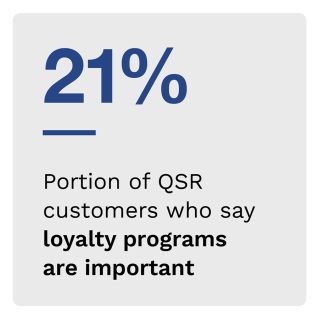 Inflation and supply chain issues resulted in price increases across the board for QSRs, but not all increases were equal. Burger King was the fast food chain that raised its prices most, according to a recent study, with average meal costs growing 21%, rising from $6.76 to $8.18. Wendy’s, Jack in the Box, Five Guys and McDonald’s rounded out the top five. These unequal increases indicate that factors other than inflation, which should have affected all restaurants equally, are at play, and that there is room for reducing prices with the right technological solutions.
Inflation and supply chain issues resulted in price increases across the board for QSRs, but not all increases were equal. Burger King was the fast food chain that raised its prices most, according to a recent study, with average meal costs growing 21%, rising from $6.76 to $8.18. Wendy’s, Jack in the Box, Five Guys and McDonald’s rounded out the top five. These unequal increases indicate that factors other than inflation, which should have affected all restaurants equally, are at play, and that there is room for reducing prices with the right technological solutions.
For more on these and other stories, visit the Tracker’s News and Trends section.
Meeting QSR Customers’ Ordering Preferences
The pandemic forever changed customers’ demands for QSRs, with mobile ordering, takeout and delivery services becoming practically mandatory. Analysis of customer data formed the core of BurgerFi’s mobile ordering strategy, with every customer interaction providing the restaurant with key information.
In this month’s Insider POV, PYMNTS spoke with Karl Goodhew, chief technology officer at BurgerFi, about the technologies required to meet customers’ evolving demands.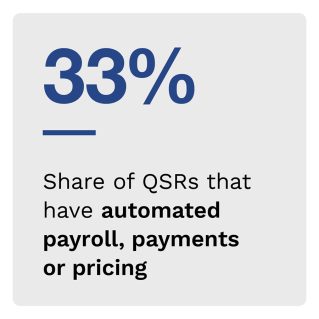
New Technology Becomes Table Stakes as the Restaurant Industry Continues to Evolve
The industry is continuing its rapid recovery after a swift tumble during the first years of the pandemic. This does not mean that everything is going well, however. Restaurant owners have expressed difficulty finding new employees to fill empty roles, and supply chain issues and inflation have cut into profits.
This month’s PYMNTS Intelligence explores why increasing revenue despite these challenges will require investing in new ordering, payment and automation technology.
About the Tracker
The “Restaurant Digitization Tracker®,” a collaboration with LS Retail, examines the latest developments in the restaurant field and why advanced technology, both customer-facing and behind the scenes, is necessary to meet customers’ evolving demands.
